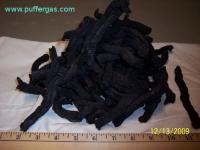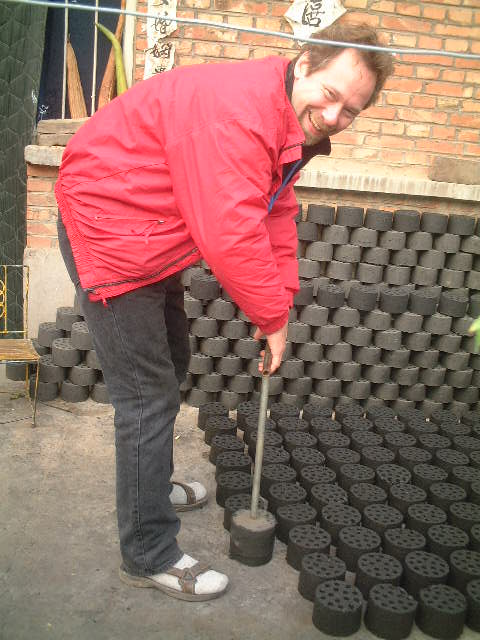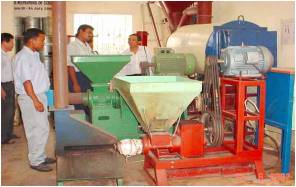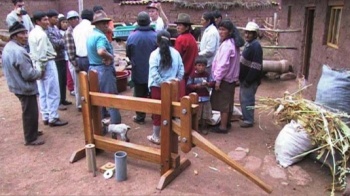Fuel, Stoves and Water for Haiti
January 27, 2009
There are several projects to supply fuel, stoves and potable water to Haiti. Some have been been ongoing since before the quake and some. The organizations we know of are:
CHF International, Helps (Water Purifier)
To donate a $35 water purifying system, go to https://secure.helpsintl.org/store/haiti.php
Legacy Foundation (Fuel Briquettes)
Miombo, Project Haiti www.prohaiti.org
Peko Pe TLUD pellet fueled stoves to be distributed by Project Haiti. Pellets from Georgia.
Trees, Water, People TWP
Ananda Marga Universal Relief Team AMURT http://www.amurthaiti.org/ and
Recho Rocket stove made from mud formed in a bucket, the Haiti Rocket Stove
Stovetec Rocket Stoves in a metal bucket.
World Stove, International Lifeline Fund
Biucci, Everything Nice TLUD stoves fabricated in Haiti. Pellet fuel from Florida (Green Circle). Grass pellets to be made in Haiti.





